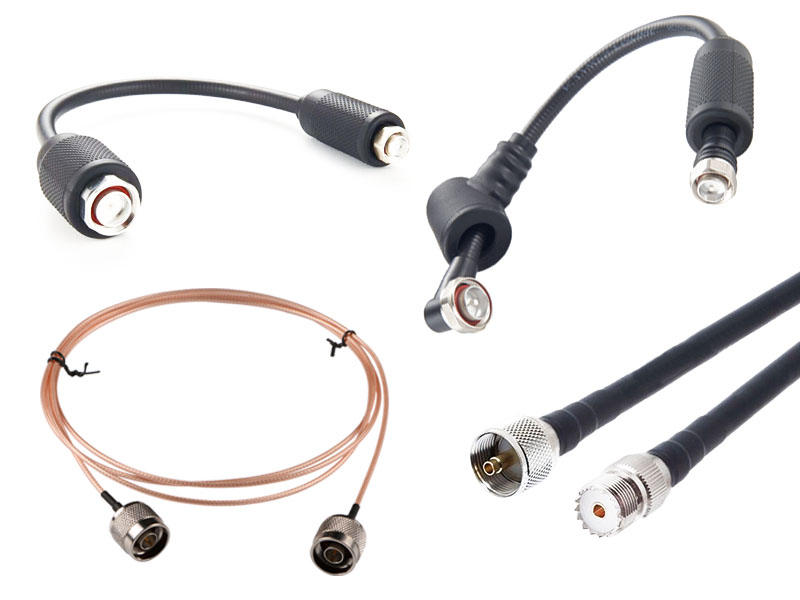-
We’re On Call 24/7 : +8613538296050
-
E-mail : anna@rohoconnector.com
We’re On Call 24/7 : +8613538296050
E-mail : anna@rohoconnector.com
A typical VSWR for a low-cost 3 GHz test cable and when used at higher frequencies requires a microwave test RF cable assembly, which means that the user has to pay a higher cost.
This is because the design and manufacturing philosophy of microwave cables is different from that of conventional cables. For example, microwave cables usually use multiple layers of shielding and low-density polytetrafluoroethylene (LD-PTFE). The dielectric constant of this medium is It is lower than ordinary solid polyethylene (PE) and polytetrafluoroethylene (PTFE), which is between 1.38 and 1.73, and its phase velocity (the velocity of electromagnetic waves in the cable relative to air) reaches 83%, that is, Said to be closer to the characteristics of the air medium. Attenuation (insertion loss) where k1 is the resistance loss coefficient, k2 is the dielectric loss factor, and f is the frequency (MHz).

Loss values at different frequencies are given in almost all cable manuals, which provides great convenience for specific selection and application. For test coaxial cable assemblies, the total insertion loss is the sum of joint loss, cable loss, and mismatch loss: I.L(dB) = I.L cable + I.L connector + The overall performance of the M.L test cable assembly is that the higher the frequency, the greater the loss.
The insertion loss and frequency of the cable assembly consist of dielectric loss, conductor (copper) loss and radiation loss. Most of the losses are converted to heat. The larger the size of the conductor, the smaller the loss; and the higher the frequency, the greater the dielectric loss.
Since the conductor loss has a square root relationship with the increase of the frequency, and the dielectric loss has a linear relationship with the increase of the frequency, the ratio of the dielectric loss is larger in the total loss. In addition, an increase in temperature causes an increase in conductor resistance and dielectric power factor, and thus also an increase in loss.
The cable loss calculation process is cumbersome. First, calculate the electrical resistance of the conductor to indicate the resistance, then calculate the resistance value per unit physical length, and finally calculate the loss value per unit length.